- Presenting ultrastructure in different magnitudes to demonstrate potential of cell interaction through increased contact surface.
- Increases of 20 – 30,000x
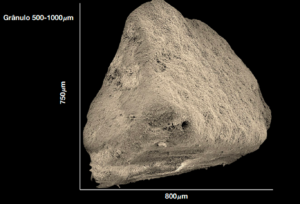
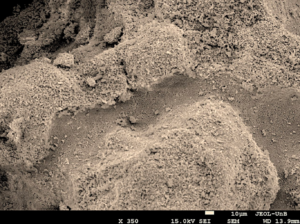



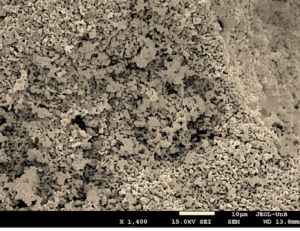
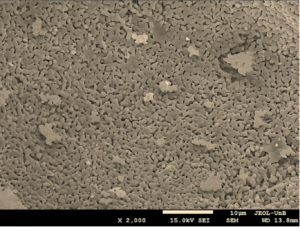
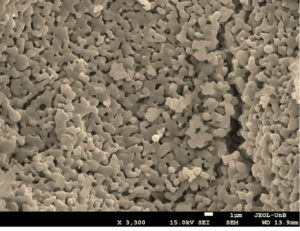
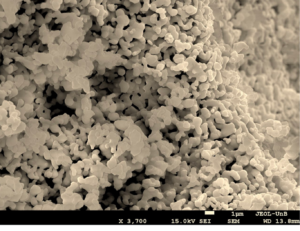
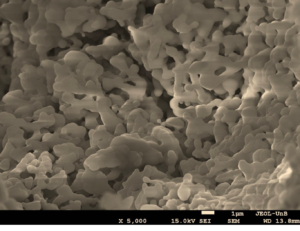
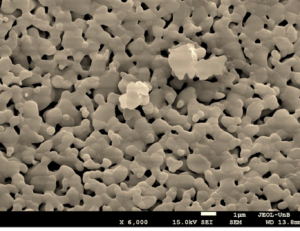
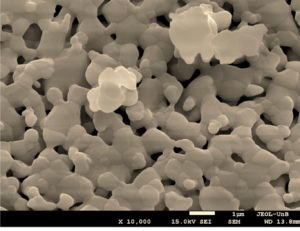
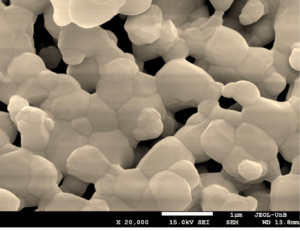
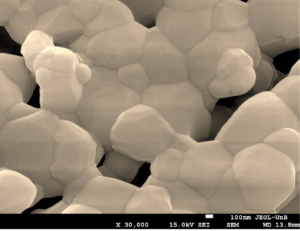
Since the biomaterial’s structural organization provides surface roughness and micro- and nanoscale granulations, interaction with the fibrin network and its adhesion molecules favor biological integration of this set with the environment, mimicking the conjunctive matrix for cell mobility and accommodation.
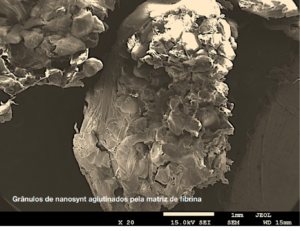
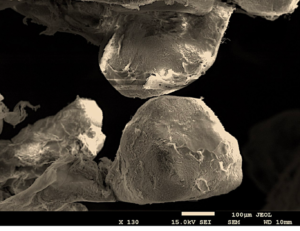
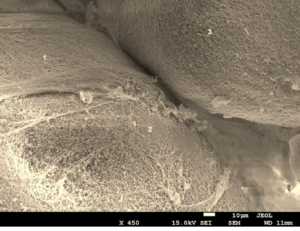
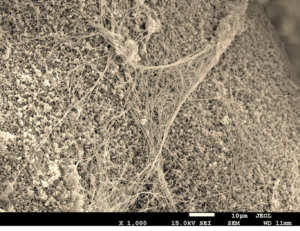
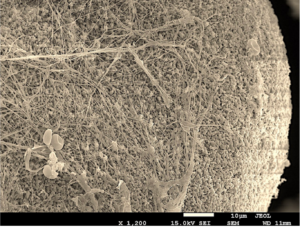
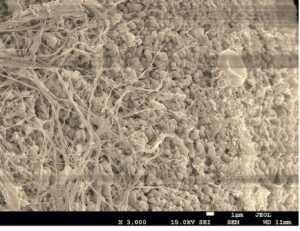
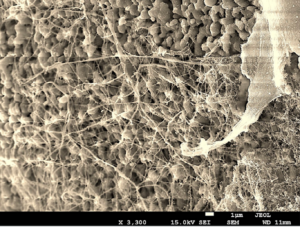
Autor: Leonel Oliveira, Msc
When planning a bone graft, in addition to the characteristics regarding the patient and defect to…
Authors: Dr. Jéferson Fagundes Patient gender and age: Female patient, 67 y.o. Chief complaint: Absence of tooth 12…
Profª. Jiuliani Radünz, Prof. Dr. Bernardo Born Passoni, Prof. Antônio Neves, Profª. Caroline Freitas Rafael, Profª.…
Author: Dr. Augusto César Bessa Neves 40-year-old male patient. CHIEF COMPLAINT…
Author: Dr. Bernardo Passoni The bone remodeling standard after tooth extraction described by Araújo and Lindhe (2005)…
Authors: Prof. Augusto Bessa and Prof. Íris Sol Initial evaluation Male patient, 61 years old, went…